In the summer of 2016 I had an enlightening experience, as I tasted the first truly interesting and enjoyable Danish wine: Njord, made from Pinot Noir Précoce, an early-ripening variant of the Burgundian stalwart.
I have therefore followed the Njord project ever since, and while it is very exciting, the journey of Sune Albertsen – the man behind Njord – has been anything but smooth sailing.
All kinds of problems reduced the yields dramatically in 2015, 2016 and 2017, and they actually prevented the elaboration of the main product – the Njord Pinot Noir Précoce.
Howeber, in 2018 and 2019 wines were produced, and in 2020 new vineyards will come into production, increasing potential yields significantly.
Njord: My first encounter
My first exposure to Njord was after a dinner – and quite a few other wines. It was served blind following two 2013 Vosne-Romanee village wines, from Domaine Georges Noëllat and Domaine d’Eugenie.
The wine seemed older than the two Vosne 2013s – but Burgundian; it did not give away its Danish origin. On the contrary, I was still in the Cote de Nuits, and hazarded Morey-Saint-Denis, as neither Vosne nor Chambolle seemed appropriate.
The wine offered fine complexity – a lovely collection of red and dark berry fruits, with hints of plum and earthy minerality (i.e. some terroir expression), and some spiciness normally associated with the Cote de Nuits. It perhaps lacked a bit of the purity and definition of the two Vosne villages served before, but it tasted well even after the two very good village wines.
But it was not Burgundian: It was Danish – and from my own ‘hood!! This was quite a shock, as most Danish red wines are – at best – indifferent, being made from grape varieties like Rondo. Most of them are very expensive (€40 or more) and many are quite awful, to be frank.
But this was much different, and in a way that required further investigation. So I went to visit the winegrower at his estate. And now, three years later, I have visited the estate quite a few times, recapturing at each reprise the initial revelation.
The Njord background – Pinot from the steep hills of Denmark
The wine is made by Sune Albertsen, a true pioneer, from vineyards planted just a few years ago in a very special area in the eastern part of Denmark.
Njord is made approximately 10 km from my childhood home, and 2013 was the first vintage. It’s made from Pinot Noir Précoce or Frühburgunder, an early-ripening mutation of Burgundian Pinot Noir, as that variety can’t reach full maturity in the Danish climate. German clones are used for this wine.
The estate is currently very small, with only 1.2 ha in production, planted with several different clones of Frühburgunder. Clones GM4 and GM6 are from the Ahr region in Germany, and were selected by the German Wine Insititute in Geisenheim. Additionally, a clone from the Ingelheim area was planted, one selected by Weingut Julius Wasem. Finally (and not yet in production) clone ST180 from Schloss Sommerhausen in Franken was planted. Currently, GM4, GM6 and the Ingelheim clone are the main grapes in the wine.
For me, the secret behind the wine’s quality and complexity is this mix of several quite different clones – somehow giving the wine a multi-faceted bouquet and palate.
I had the opportunity to taste the wines made from the individual clones before they were assembled into the final 2014 wine – and the differences among the clones were quite striking, with the Ingenheim bringing weight and power to the wine while the GM4 and GM6 clones offer fresh, juicy fruit and refinement.
Together they somehow create fine complexity that reminds me of a Burgundian wine rather than a northern European pinot. It’s very impressive as the vines are so young – planted starting in 2010.
The terroir and micro-climate also add to the complexity; in this area the vineyards are located in a special geological formation of steep hills called the Zealand Alps. The soil is light – sand with some clay and silt – and the average slope of the main vineyard is 27 degrees!
I served the 2013 Njord in Burgundy to some very competent winemakers and wine merchants, and no one guessed its origin. Even more importantly, they enjoyed the wine without hesitation, several assuming it was a Burgundy.
The 2018 Njord tasted from cask
The 2018 Njord is a balanced and transparent wine – slightly hot and generous, as was the weather in Denmark that year – but very well balanced and with the style we now expect from Njord.
There are however some differences, including a change of oak regime, as Sune has opted for Tonnellerie Cavin – a small, competent Burgundian cooper. For barrel geeks, it is more precisely the Cavin Aphrodite, which works very well with the slightly fragile notes of Pinot Noir Précoce. In other contexts I find Cavin barrels bring both discretion and refinement, while still adding depth to the flavours – something Pinot Noir Précoce needs. Three casks were made in 2018 – including two in new Cavin barrels, although one of these was washed twice to reduce the new-oak impression. The last used barrel was from Seguin Moreau. In total a very balanced oak impression, and a big step in the right direction.
The second change is the introduction of whole cluster: around 40% was used in 2018 and again in 2019. There were no punchdowns during the first two weeks, and after this period the grapes were “foot stomped” and then regular puchdowns twice a day during the last week of fermentation. So all together three weeks of skin contact. Then the wine is pressed and transferred directly to cask, with no sulphur added before August 2019 (for the 2018 vintage).
The wine is not assembled yet, but tasting the components shows that the oak is well integrated, its presence supporting the Pinot Noir Précoce just as intended by adding depth and deeper-toned intensity to the wine.
The 2018 grapes were quite generous, with fine and slightly fragile sweet fruit notes; my feeling is that this is supported very well by the Cavin barrels. The feminine and somewhat fragile notes of the Pinot Noir Précoce gives a lovely, organic feel to the fruit.
The whole-cluster grapes have given some support and floral notes, adding to the wine’s complexity – bravo!
It will be interesting to see how the 2018 develops over the next months (bottling is scheduled for summer 2020), but my feeling at the moment is very good indeed.
Njord seem to have established its style, and the wines are getting more refined and confident.

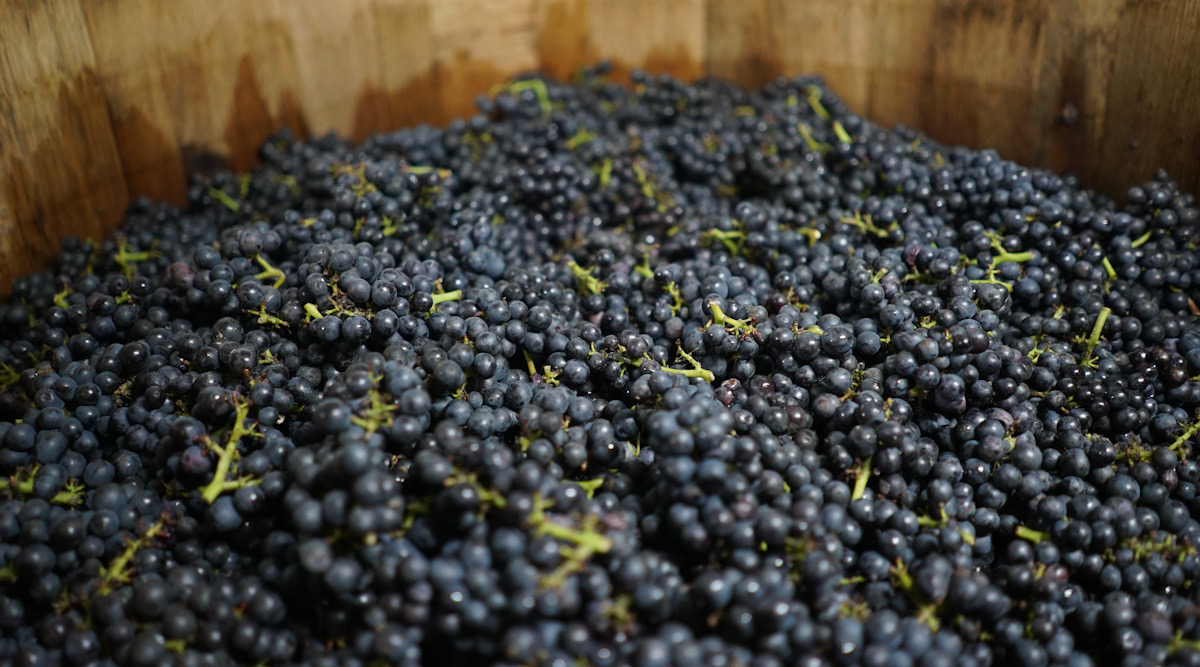
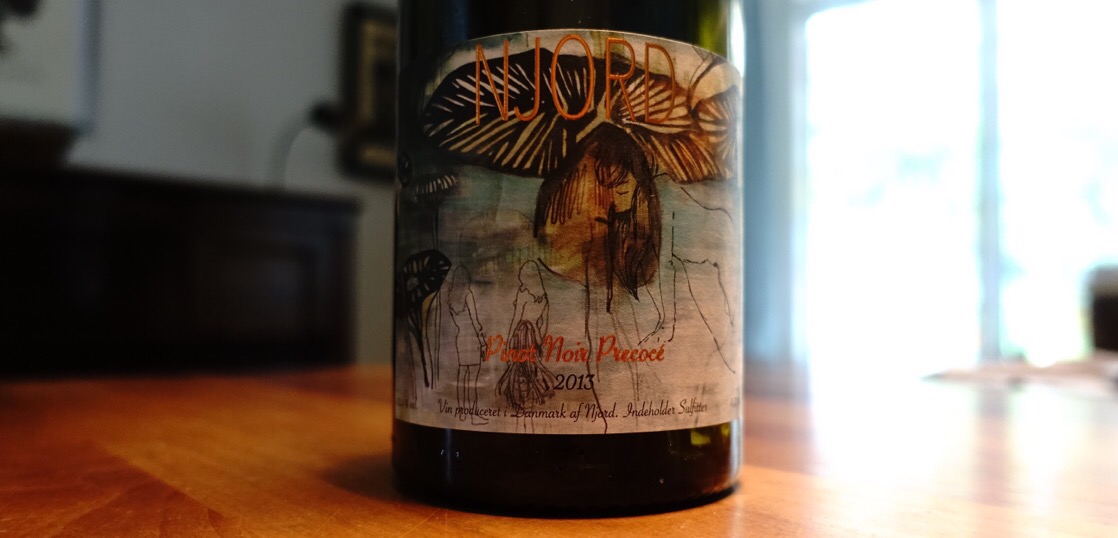
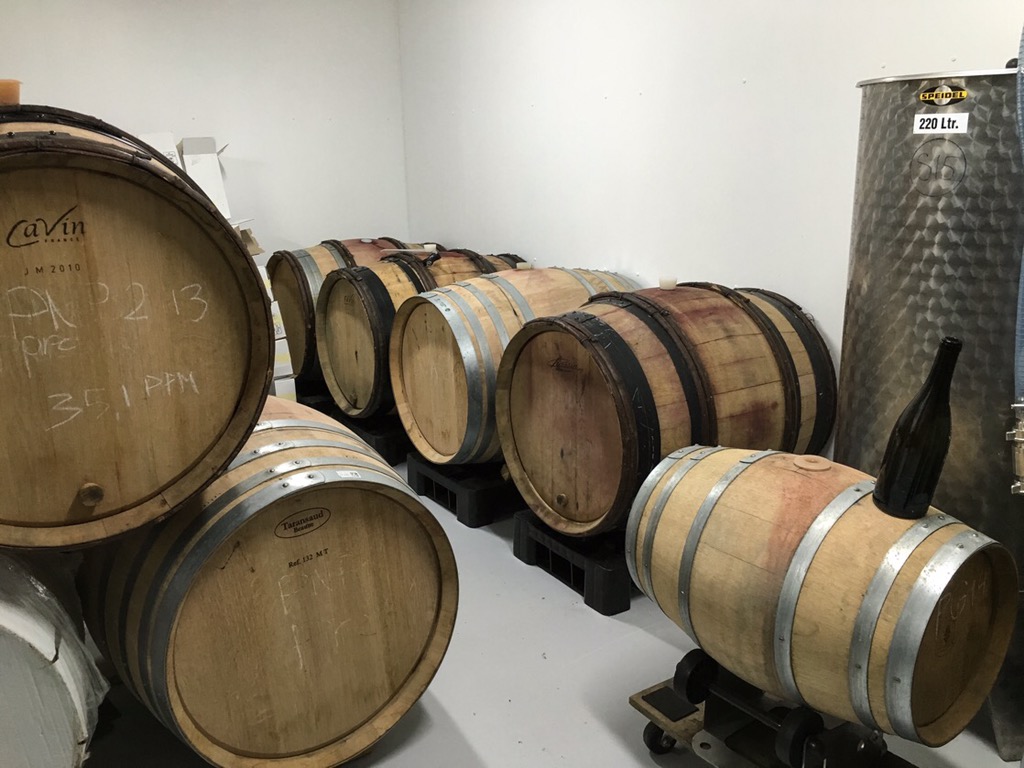
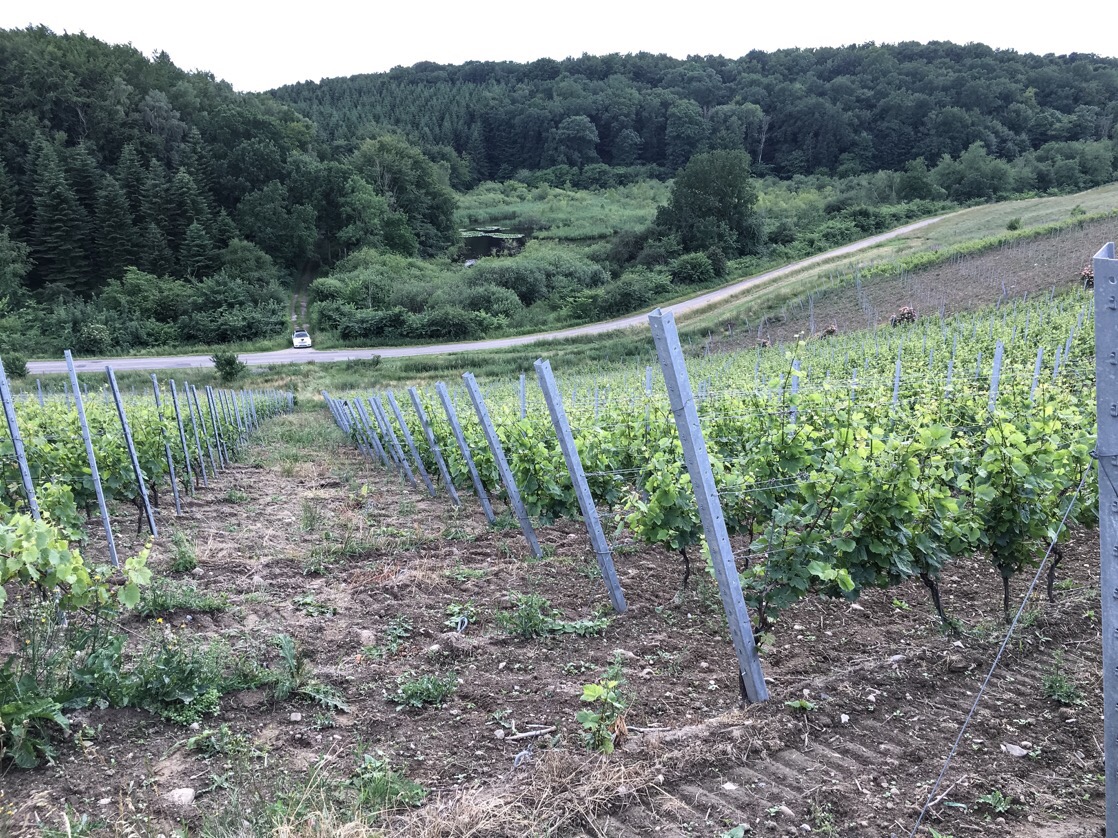
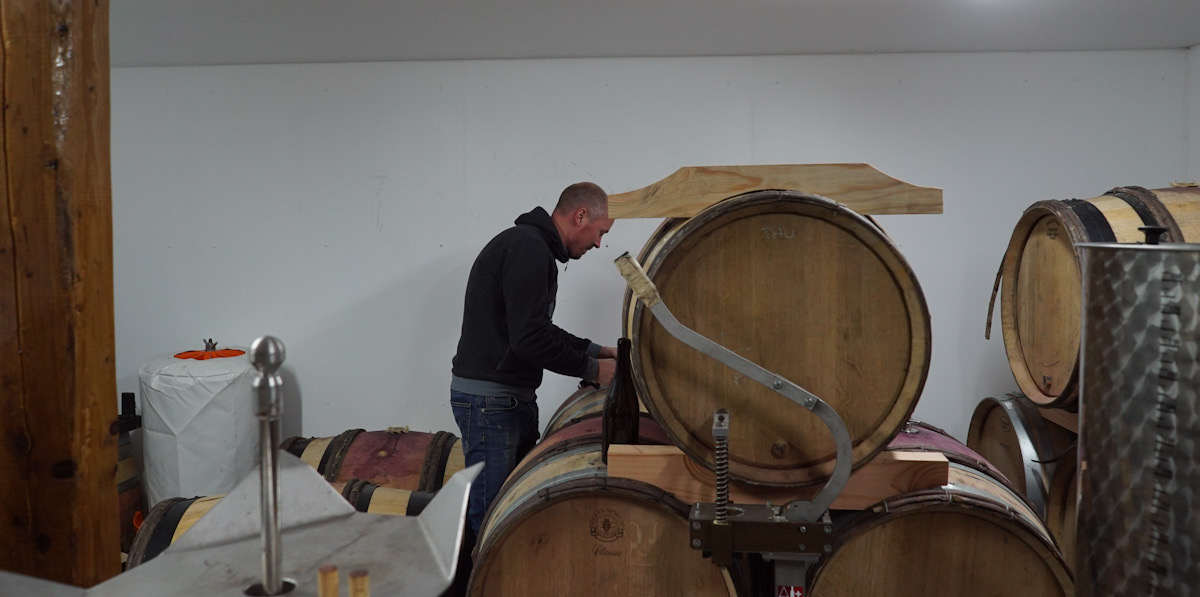
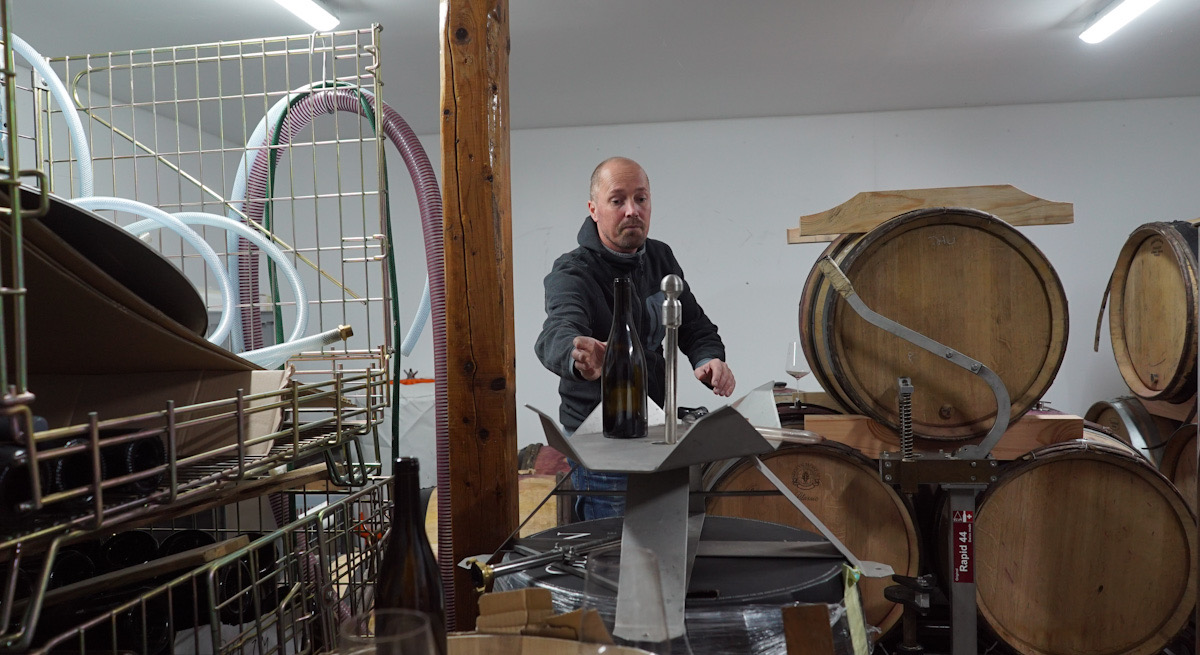
 - A true vin d’émotion – a Burgundy of passion
- A true vin d’émotion – a Burgundy of passion - A truly hedonistic wine – lively and enjoyable
- A truly hedonistic wine – lively and enjoyable - A vivacious wine for pure indulgance
- A vivacious wine for pure indulgance - A potential vin d´émotion - frais et léger
- A potential vin d´émotion - frais et léger